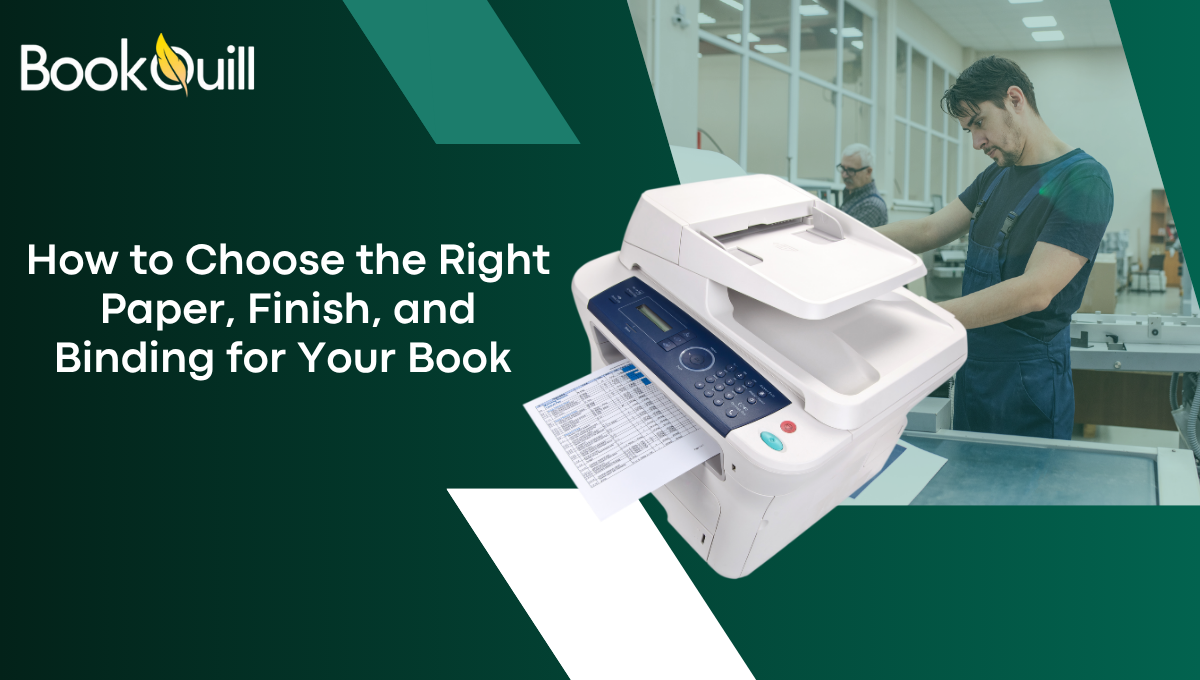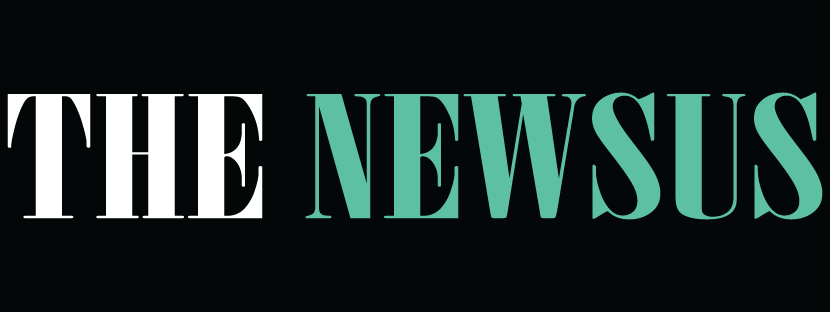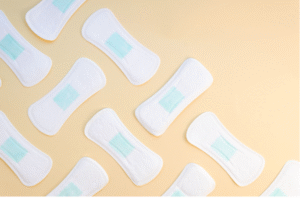How to Choose the Right Paper, Finish, and Binding for Your Book
Writing a book is more than a difficult task in itself. Most authors think their struggles have ended once they’ve...

Writing a book is more than a difficult task in itself. Most authors think their struggles have ended once they’ve finished the book completely. But sorry to break the bad news — the struggle doesn’t end there. And no, I’m not talking about editing, formatting, or the book cover. I’m talking about book printing.
There are multiple layers to this game when it comes to printing a book. Like — what’s the right paper? Is the finish up to the mark? What kind of binding should you choose?
To get all the book printing insights, keep reading till the end — it might just save you from catastrophic financial losses and a whole lot of wasted time.
Why Printing Choices Matter
Readers will always judge you — no matter what. Whether it’s your book cover or your book’s print quality, the second they touch it, the verdict begins. And if the paper doesn’t feel right in their hands, my friend, you’re doomed.
The best book printing insights start here: printing choices aren’t just about looks; they affect how your story feels. Go too cheap, and your pages might curl, bleed, or fall apart. Go too fancy without reason, and you’ll burn through your budget faster than you can say “proof copy.” The sweet spot lies in understanding what your book truly needs — quality that matches your genre, audience, and purpose.
Choosing the Right Paper
Understanding Paper Weight and Thickness
When it comes to book printing insights, paper weight might sound like one of those boring technical details printers obsess over — but trust me, it matters more than you think. The term you’ll hear thrown around is GSM (grams per square meter) — basically, how heavy and thick your paper is. The higher the GSM, the sturdier the page.
For novels or story-driven books, lighter paper (around 70–90 GSM) usually works best — it keeps the book easy to hold and less bulky. But if you’re printing a photo book, cookbook, or anything visual, go heavier — 120 GSM or above — so the ink doesn’t bleed through and the pages have that premium, durable feel.
A professional book printing service can guide you through this maze, helping you pick the right balance between weight, quality, and cost. You want paper that feels substantial but not stiff — something that invites the reader to turn the page, not fight with it.
Paper Color and Texture
Paper color changes the entire mood of your book. White paper gives a crisp, modern look — great for textbooks, business guides, or anything technical. Cream or off-white paper, on the other hand, softens the tone, making it easier on the eyes — perfect for novels, memoirs, or anything meant to be read for hours.
Then comes texture. Smooth paper feels professional and sleek; textured paper feels more tactile and artistic. A poetry book or art collection might call for texture — something that matches the intimacy of the words or images. But if you’re writing a business or nonfiction book, smooth is your best friend. It looks clean, prints sharp, and keeps the focus on your message.
Most professional book printing companies can show you samples of different colors and textures, so you can feel the difference for yourself before making the final call — because sometimes the right paper isn’t just seen, it’s felt.
Picking the Perfect Finish
Gloss vs. Matte: What’s the Difference?
Here’s where the real book printing insights kick in — the finish isn’t just about shine; it’s about personality. Gloss finishes scream vibrance. They’re bold, reflective, and perfect for image-heavy books like photo collections, children’s books, or cookbooks. The colors pop, the details shine, and every image feels alive.
Matte finishes, on the other hand, whisper sophistication. They give off a soft, non-reflective look — clean, classy, and easy on the eyes. They’re ideal for novels, self-help, or literary titles where the focus is on the words, not the glare. If gloss is the spotlight, matte is the candlelight — it depends on the mood you want your book to carry.
Premium Touches (Optional Finishes)
Now, if you really want to turn heads, consider going a step beyond the basics. Finishes like Spot UV, embossing, or soft-touch coating can give your book that luxury edge — the kind of detail that makes readers pause and notice. Spot UV can highlight your title or design elements with a glossy contrast against a matte background. Embossing adds depth — a literal lift to your cover design that feels expensive (because, well, it is).
But here’s the catch: not every book needs the royal treatment. These extras cost more, and sometimes, they don’t align with the story’s tone. A poetry collection or memoir might benefit from a soft-touch finish that feels personal and intimate, while a corporate or coffee-table book might own that high-gloss drama.
Understanding Binding Options
Perfect Binding
Perfect binding is the go-to for most indie authors — clean, flexible, and budget-friendly. It gives your book that professional, bookstore-ready look without breaking the bank. The pages are glued neatly to the spine, perfect for novels and nonfiction.
A quick book printing insight: make sure your spine width fits your page count, or you’ll end up with that uneven, “lumpy” look no one wants.
Hardcover Binding
Hardcover binding is all about durability and prestige. It’s heavier, pricier, and instantly says “quality.” Ideal for collectors’ editions, gift books, or anything meant to last.
Book printing insights can help you explore options like dust jackets, foil stamping, or fabric wraps — small details that turn your book into something worth showing off. Trust these book printing insights to elevate your project from good to unforgettable.
Spiral and Saddle Stitch
If your book’s short or meant for hands-on use — think workbooks, guides, or manuals — spiral or saddle stitch binding is your best bet. Spirals lie flat; saddle stitch works great for slimmer books.
Book printing insights can recommend which one fits your project best — practical, affordable, and perfect for under-60-page titles. With the right book printing insights, you’ll know exactly which format gives your readers the best experience.
Conclusion: Printing Perfection Lies in the Details
Choosing the right paper, finish, and binding isn’t about aesthetics alone—it’s about how your story feels in a reader’s hands. Each decision, from paper weight to binding type, carries its own emotional and practical weight. Go too cheap, and your book crumbles under its own ambition. Go too luxurious, and you burn through your profits before selling a single copy.
The secret is intentionality. Match your materials to your genre, your audience, and your purpose. Treat your book like the masterpiece it is, and let the craftsmanship mirror the care you poured into your words.
FAQs: Choosing the Right Paper, Finish, and Binding for Books
1. What’s the best paper weight for a novel?
Typically between 70–90 GSM—light enough to handle easily, but durable enough to avoid bleed-through.
2. Should I use white or cream paper?
Use white for professional or technical books; cream or off-white for fiction and memoirs—it’s easier on the eyes for long reads.
3. What’s the difference between gloss and matte finishes?
Gloss is shiny, vibrant, and best for image-heavy books. Matte is subtle, non-reflective, and ideal for text-driven works.
4. What’s the most affordable professional binding?
Perfect binding—it looks clean, feels professional, and fits most indie publishing budgets.
5. When should I choose hardcover over paperback?
Go hardcover for prestige editions, collectors’ items, or books meant to last; go paperback for mass-market affordability and flexibility.


